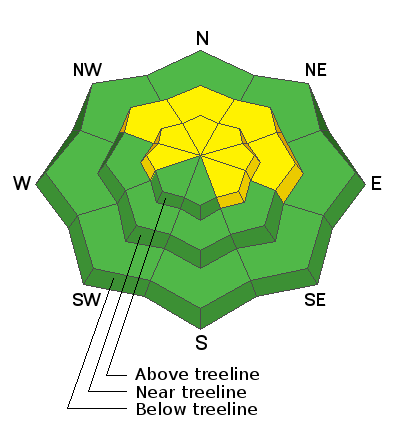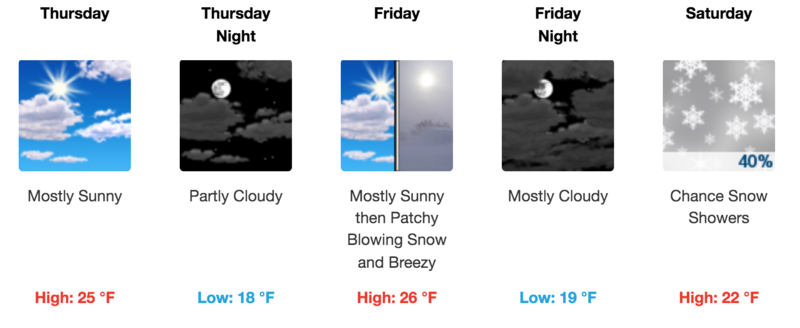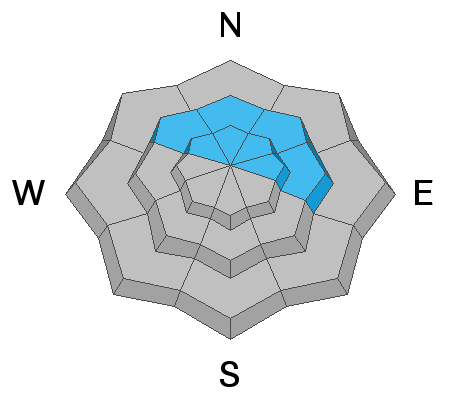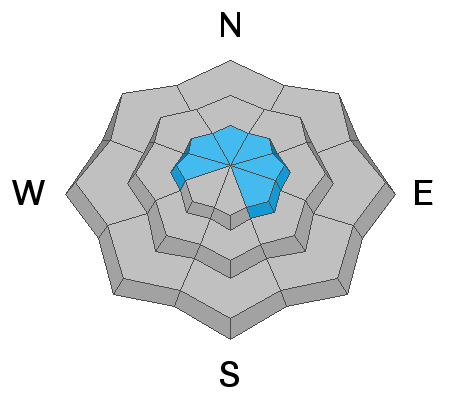Forecast for the Abajos Area Mountains

Issued by Eric Trenbeath on
Thursday morning, January 6, 2022
Thursday morning, January 6, 2022
An isolated or MODERATE avalanche danger exists on steep, mid and upper elevation north facing slopes where triggering an avalanche on a buried persistent weak layer remains possible. The danger increases with elevation and slopes with evidence of recent wind loading are more suspect.
Most low elevation and south facing terrain has generally LOW danger.
It's also still very low tide out there. Beware of rocks, stumps, and deadfall lurking beneath the surface.

Low
Moderate
Considerable
High
Extreme
Learn how to read the forecast here









